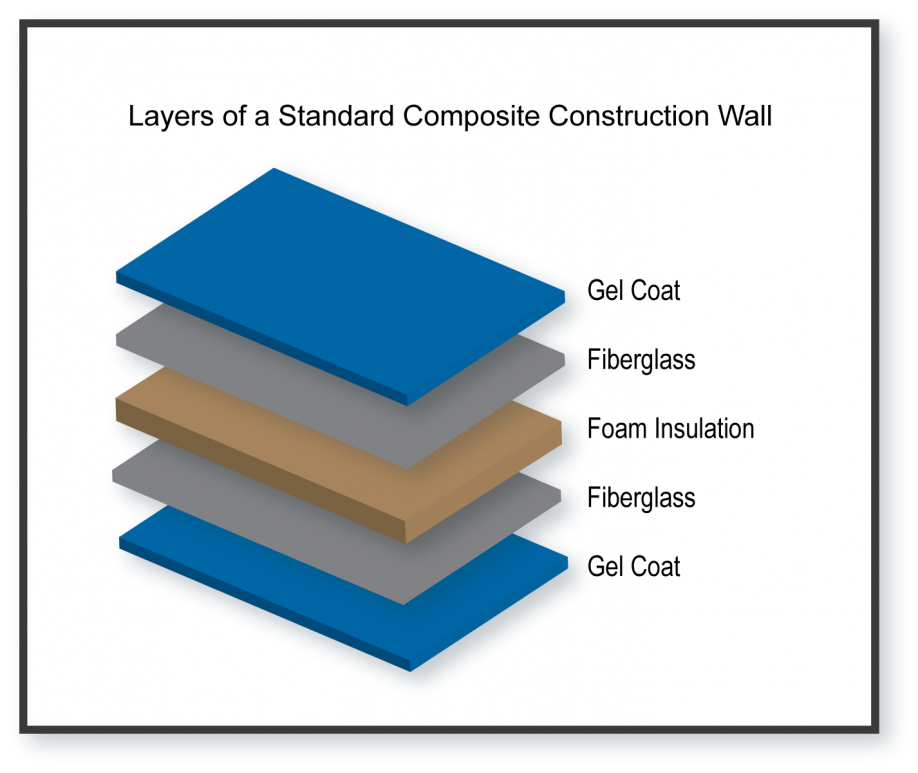Exactly How Composites are Transforming the Landscape of Building Materials
Exactly How Composites are Transforming the Landscape of Building Materials
Blog Article
Unlocking the Environmental Advantages of Recycled Composites in Building And Construction and Design
In the world of construction and layout, the usage of recycled compounds holds significant pledge for boosting sustainability methods and lowering environmental impact (composites). By integrating these cutting-edge materials, there is a prospective to resolve critical issues such as waste reduction, power conservation, and a reduction in carbon impact. The shift towards a more sustainable future in these industries hinges on opening the full capacity of recycled compounds. This conversation will certainly explore the multifaceted benefits and difficulties connected with integrating recycled composites right into building and construction and design, providing a look right into the transformative opportunities that lie ahead.

Environmental Effect Decrease
The decrease of ecological impact via the usage of recycled compounds in building and construction and design plays a vital function in sustainable methods. By incorporating recycled compounds into structure materials, the building and construction market can considerably lower its carbon impact and contribute to a much more green future. These lasting materials, made from repurposed plastics, wood fibers, or other recycled components, provide a viable choice to traditional building and construction materials without compromising on high quality or sturdiness.
Recycled composites help divert waste from landfills and decrease the requirement for extracting basic materials, therefore conserving natural deposits. In addition, the production process of these composites often eats less power and discharges fewer greenhouse gases contrasted to producing virgin materials (composites). This change towards utilizing recycled compounds not only decreases environmental injury but also advertises a round economic climate by urging the reuse of materials that would certainly otherwise be disposed of
Waste Reduction
With a concentrate on lessening waste in construction and style, the assimilation of recycled composites provides a lasting solution to decrease environmental effect. Waste reduction is a vital facet of sustainable practices, and making use of recycled compounds offers a possibility to achieve this goal successfully. By making use of products that have actually already served their preliminary function, such as recycled plastics or recovered timber fibers, the construction and style markets can dramatically reduce the amount of waste produced and sent out to land fills.
Recycled compounds have the possible to draw away substantial amounts of waste from standard disposal techniques, adding to an extra circular economic climate where resources are made use of successfully. In addition, the production procedure of recycled compounds frequently takes in less energy and creates fewer emissions compared to virgin materials, further reducing the ecological impact of construction and layout tasks.
Applying waste reduction approaches via the unification of recycled compounds not only assists in saving natural resources but additionally advertises a much more sustainable approach to structure and creating for a greener future.
Energy Conservation
Integrating recycled compounds not just reduces waste in construction and layout but also plays a crucial role in enhancing energy conservation practices within the industry. The use of recycled composites in building can substantially add to power preservation with different ways. By promoting the usage of recycled compounds in construction and design, the industry can make substantial strides in the direction of attaining power performance and lowering its carbon footprint, ultimately contributing to a more sustainable constructed setting.
Carbon Impact Reduction
Enhancing sustainability methods through the application of recycled compounds in building and construction and layout substantially minimizes the carbon footprint of the industry. By incorporating recycled products right into the manufacturing of composites, the demand for virgin resources decreases, resulting in reduced power consumption and greenhouse gas discharges linked with typical production processes. This reduction in carbon impact is critical in combating climate adjustment and advertising a much more eco-friendly strategy to building and construction and style.
Furthermore, making use of recycled composites additionally assists in diverting waste from garbage dumps, thus mitigating the ecological impact of disposal and advertising a circular economic situation. The carbon footprint decrease achieved via the fostering of recycled compounds lines up with the international push towards lasting practices and the decrease look at this website of commercial exhausts. It showcases a dedication to responsible source management and a change towards greener choices in the building and design sectors. Inevitably, by focusing on the integration of recycled compounds, the sector can make considerable strides in decreasing its carbon footprint and adding to an extra sustainable future.
Sustainable Future
The combination of recycled composites in building and design not just addresses immediate ecological issues yet likewise lays a solid foundation for a sustainable future in the sector. By integrating recycled compounds into structure materials and items, the construction and style sectors can dramatically minimize their reliance on virgin sources, resulting in an extra circular economic situation. This shift in the direction of sustainability is important for mitigating the ecological impact of standard building and construction techniques, which frequently lead to high degrees of waste generation and resource exhaustion.

Final Thought
To conclude, recycled composites use considerable environmental benefits in building and design by minimizing ecological influence, decreasing waste, preserving power, lowering carbon impact, and promoting a sustainable future. Accepting the use of recycled composites can add to a much more environmentally-friendly technique to structure and design, ultimately leading to a more lasting and greener future for all.
The his response decrease of environmental impact via the usage of recycled composites in construction and design plays an important role in lasting methods.With a focus on minimizing waste in building and construction and design, the integration of recycled compounds uses a sustainable solution to lower environmental impact. By advertising the use of recycled compounds in building and construction and layout, the market can make significant strides in the direction of achieving power efficiency and reducing its carbon impact, ultimately adding to an extra sustainable constructed atmosphere.

Report this page